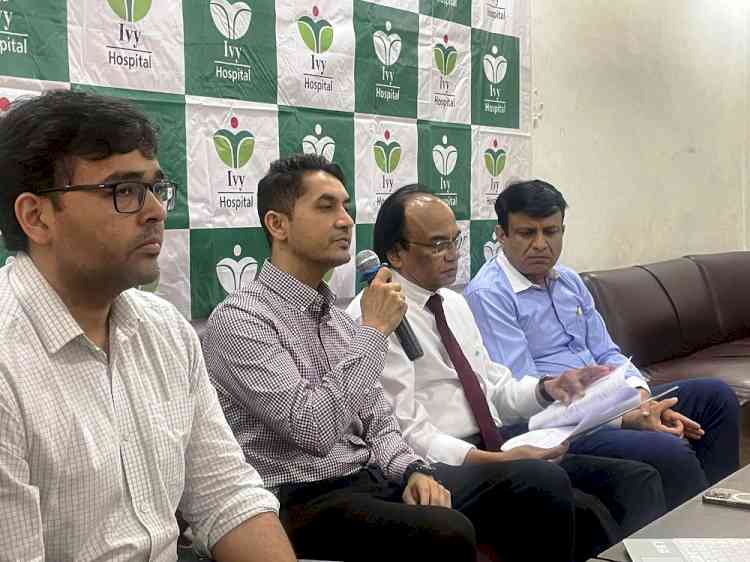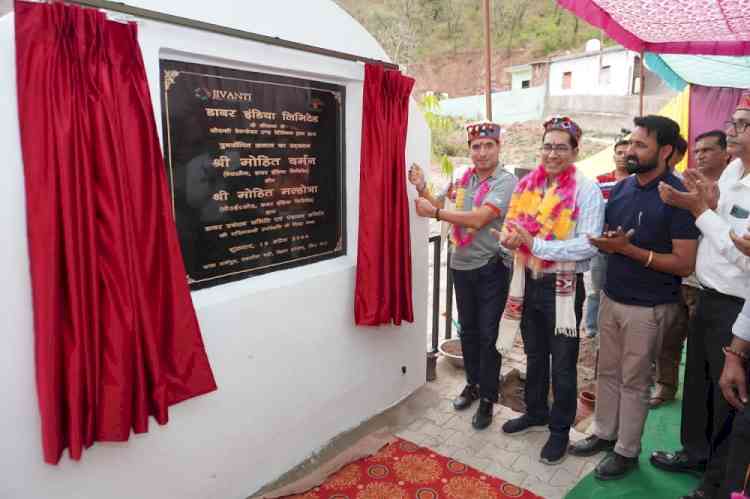Capital to be Key Differentiator for Banks; Cyclical Turn to Boost Profitability - India Ratings
Author(s): City Air NewsMumbai, February 5, 2015: Capital requirements towards Basel III transition will increase sharply FY16 onwards with INR200bn in government contribution as an immediate priority to watch out for in the forthcoming...

Mumbai, February 5, 2015: Capital requirements towards Basel III transition will increase sharply FY16 onwards with INR200bn in government contribution as an immediate priority to watch out for in the forthcoming union budget, believes India Ratings & Research (Ind-Ra). However, the agency expects large private banks and the big five public sector banks (PSBs) to be well placed with healthy internal accruals, strong capitalisation and good access to capital markets. Mid-sized PSBs are likely to be under pressure to consolidate growth and focus on profitability given their significant capital requirements both from government and capital markets. These factors underline the stable outlook for FY16 for private banks and large PSBs and a stable to negative outlook for mid-sized PSBs.
While the total estimate is INR5,300bn in capital instruments till FY19, about INR2,400bn would be needed as common equity Tier I (CET1) while another INR1,900bn as Additional Tier I (AT1) bonds. Of this CET1 requirement, INR1,600bn would be the likely government share assuming no change in their current shareholding of PSBs through the transition period. Critically, 29% of this Tier 1 capital could be needed by March 2016 with INR600bn-INR700bn in AT1 bonds. While so far INR140bn of AT1 bonds have been raised by 14 issuers, active participation by insurance companies and provident funds remains to be seen. Hence, a pick-up in AT1 appetite would be a key monitorable for FY16.
For the banking system, impaired assets are likely to clock 13% of loans by FY16 (including gross NPLs, standard restructured assets, asset reconstruction company receipts and discom bonds) and see a flatter trajectory ahead premised on a gradual economic revival. While delinquency trends could improve from FY16, Ind-Ra expects credit costs to remain elevated given low provision coverage on NPLs and the likely removal of provisioning forbearance on restructured loans. However, system profitability would benefit from cyclical tailwinds on credit growth and loan recoveries. Consequently, the agency expects system’s return on assets to stabilise and marginally rise in FY16. While some reduction in cyclical stress is visible, pressure on the infrastructure sector is likely to linger given continued execution challenges.
Private banks improved their funding profile in 2014 on the back of market share gains in current and savings account deposits. Conversely, PSBs reported a worsening in trend with bulk deposits largely funding growth in residential mortgage and infrastructure loan portfolios. From early-2012 till January 2015, banks’ base rate cuts have been limited to 25bp-40bp as against a net 75bp reduction in the repo rate while deposit rates have come off by 75bp. Stickier base rates are net interest margin supportive in a declining rate environment, though the Reserve Bank of India’s increased attentiveness towards monetary transmission may play spoilsport. Banks with large asset liability mismatches may continue to see higher funding costs due to elevated refinancing pressure. This could compromise their capability to effectively transmit monetary easing. Even in a declining rate environment, they are likely to see pressure on net interest margins.
(Source: Manager - Corporate Communications and Investor Relations, India Ratings & Research A Fitch Group Company)
Date:
Thursday, February 5, 2015

 cityairnews
cityairnews 















